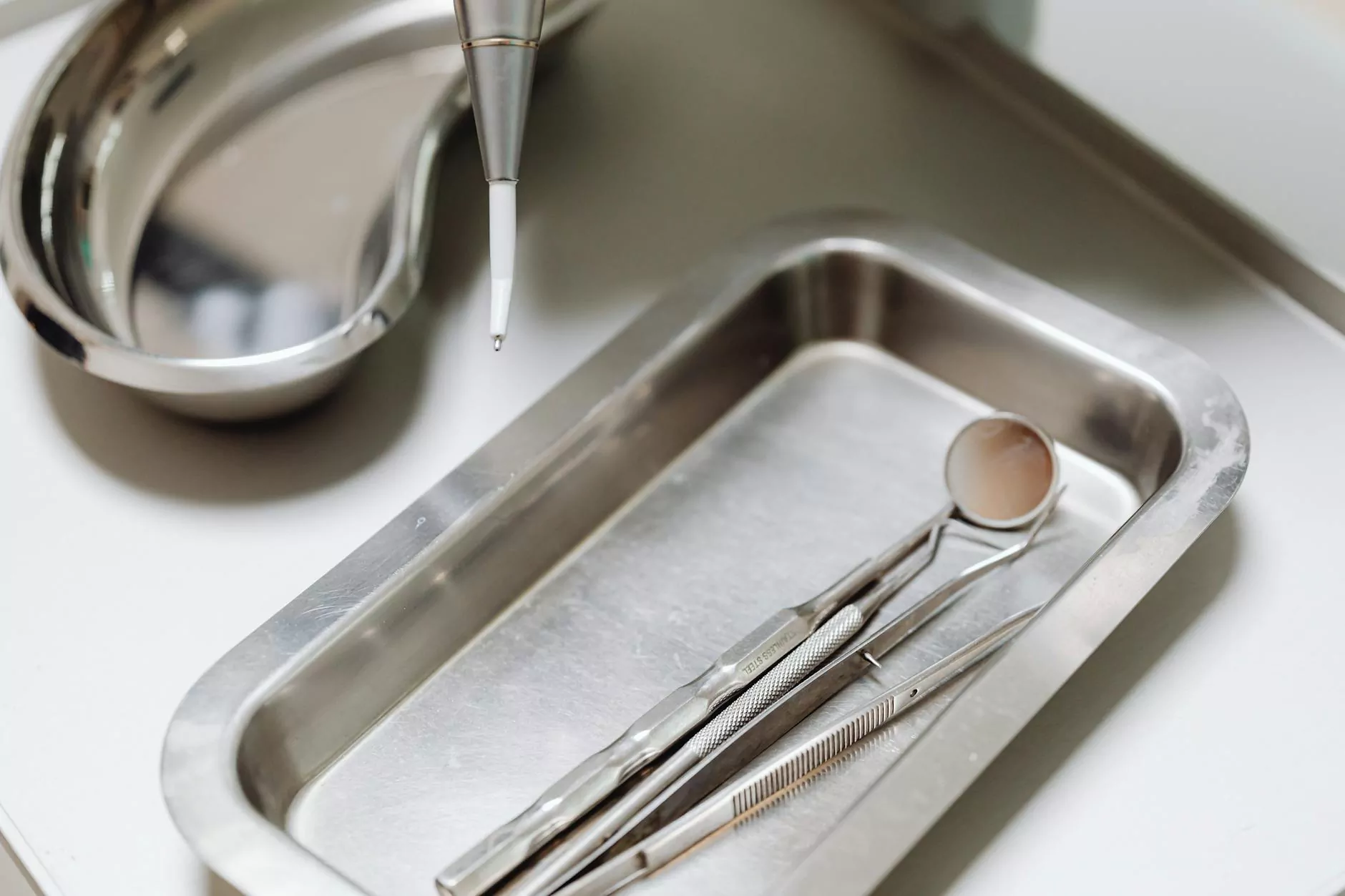Bilateral Hysterosalpingo Oophorectomy: Understanding the Procedure and Its Implications

What is Bilateral Hysterosalpingo Oophorectomy?
Bilateral hysterosalpingo oophorectomy is a complex surgical procedure that entails the removal of both ovaries, fallopian tubes, and the uterus. This operation is primarily indicated for various medical conditions, including severe endometriosis, ovarian cancer, or other gynecological concerns. It is critical for patients to understand not only what the procedure involves but also its effects, benefits, and potential risks.
Indications for Bilateral Hysterosalpingo Oophorectomy
There are several significant reasons why a doctor may recommend this surgery. Here are some common indications:
- Ovarian Cancer: One of the most critical reasons for undergoing this procedure is the presence of cancerous growths on the ovaries.
- Severe Endometriosis: When endometrial tissue grows outside the uterus, it can cause considerable pain and complications.
- Uterine Fibroids: These noncancerous growths can cause heavy bleeding and pain, warranting surgical removal.
- Ovarian Cysts: Persistent or large cysts can also necessitate the removal of the ovaries.
- Genetic Predisposition: In individuals with a family history of breast or ovarian cancer, prophylactic oophorectomy is a preventive measure.
Preparation for the Surgery
Proper preparation for bilateral hysterosalpingo oophorectomy is crucial to ensure a successful outcome. Patients typically undergo a thorough evaluation, which includes:
- Medical History Review: Discussing previous medical issues, surgeries, and family history with the healthcare provider.
- Physical Examination: A comprehensive exam to assess overall health and readiness for surgery.
- Preoperative Testing: Blood work and imaging tests, such as ultrasounds or MRIs, to evaluate the condition of the reproductive organs.
- Medication Adjustments: Patients may need to stop certain medications, especially blood thinners, before the surgery.
The Surgical Process
The procedure can be performed through different modalities, primarily laparoscopic or abdominal open surgery, depending on the specific case. Here’s a detailed look into the surgical process:
Laparoscopic Approach
Laparoscopy is a minimally invasive technique that involves making small incisions and using a camera to guide the procedure. This method typically results in quicker recovery times, less pain, and minimal scarring.
Open Surgery
In cases where the laparoscopic method is not suitable, an open surgical approach may be utilized. This involves a larger incision and may require a longer recovery period.
Recovery After Bilateral Hysterosalpingo Oophorectomy
Recovery is an essential aspect of the surgical experience. Understanding what to expect can significantly alleviate patient anxiety. Key points regarding the recovery process include:
- Hospital Stay: Patients may need to stay in the hospital for one to three days post-surgery, depending on the method utilized and the individual's recovery progress.
- Pain Management: Pain medications are prescribed to manage discomfort effectively during recovery.
- Activity Restrictions: Patients are advised to avoid strenuous activities for several weeks. Light walking is encouraged to promote circulation.
- Follow-up Care: Regular follow-up appointments are necessary to monitor healing and address any concerns.
Potential Risks and Complications
While bilateral hysterosalpingo oophorectomy can be life-saving, it does come with risks. Understanding these potential complications is important:
- Infection: Any surgical procedure carries a risk of infection, and appropriate measures should be taken to minimize this risk.
- Bleeding: Significant blood loss can occur, requiring transfusions in rare cases.
- Anesthesia Complications: Reactions to anesthesia, although rare, can occur.
- Hormonal Changes: The removal of the ovaries results in an immediate onset of menopause, which can lead to various symptoms and long-term health considerations.
- Infertility: Since both ovaries are removed, the patient's fertility is permanently affected.
Long-Term Effects of Bilateral Hysterosalpingo Oophorectomy
Understanding the long-term effects of this surgery is vital for patients considering it. Here are some key points to consider:
- Menopause Symptoms: Women may experience hot flashes, night sweats, and mood changes similar to natural menopause.
- Bone Density: Post-operative estrogen reduction increases the risk of osteoporosis, necessitating monitoring and preventative measures.
- Cardiovascular Health: Estrogen protects against heart disease; thus, women may face increased cardiovascular risks post-surgery.
- Emotional Impact: The psychological effects of surgical menopause may require support from mental health professionals.
Conclusion
Bilateral hysterosalpingo oophorectomy is a significant surgical procedure with the potential to dramatically improve a patient’s quality of life when indicated by serious medical conditions. While the decision to undergo this surgery should involve careful consideration of the benefits and risks, understanding the procedure and its implications can equip patients with the knowledge they need for informed decision-making. For more detailed information and personal guidance, consulting healthcare providers like those at drseckin.com can be invaluable.
Additional Resources
- American College of Obstetricians and Gynecologists
- Research Article on Hysterectomy and Oophorectomy
- Mayo Clinic Health Information









